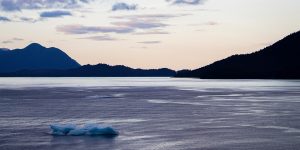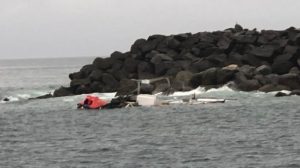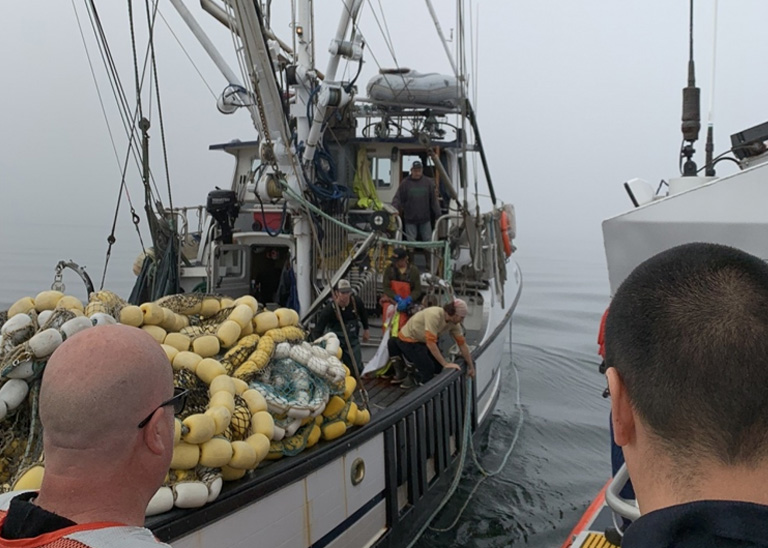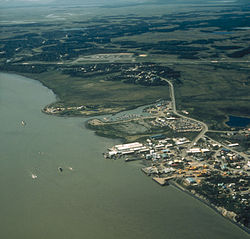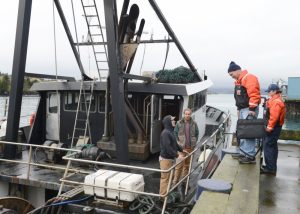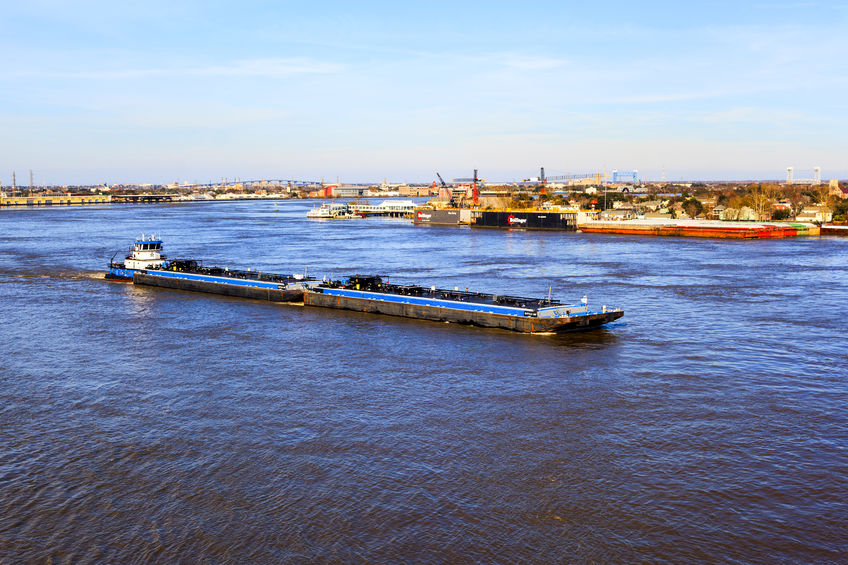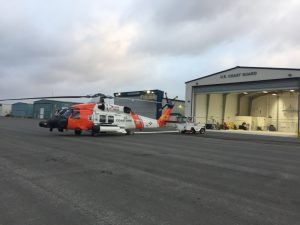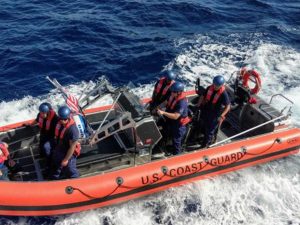Muffin Monster Grinders, Guards, and Worker Safety
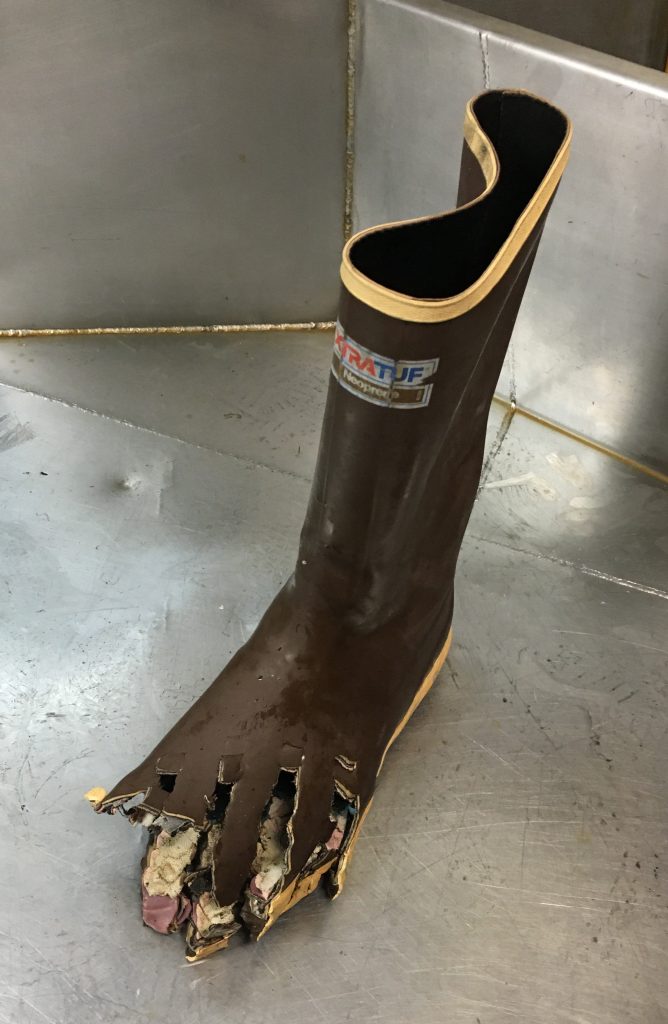 Processing fish at sea has numerous benefits. At-sea-processing offers consumers the freshest product, reduces waste due to spoilage, and minimizes transportation fuel costs. But what happens to the waste products such as fish heads, fins and internal fish organs? They cannot simply be thrown overboard as they are considered “garbage”. The IMO has set up rules and regulations for the prevention of pollution by garbage from vessels and is covered under the Annex V of MARPOL.
Processing fish at sea has numerous benefits. At-sea-processing offers consumers the freshest product, reduces waste due to spoilage, and minimizes transportation fuel costs. But what happens to the waste products such as fish heads, fins and internal fish organs? They cannot simply be thrown overboard as they are considered “garbage”. The IMO has set up rules and regulations for the prevention of pollution by garbage from vessels and is covered under the Annex V of MARPOL.
MARPOL food waste disposal regulations require grinding seafood waste remains into particles ½” or smaller before they can be disposed of in Alaskan waters. This means that fish processing vessels must be outfitted with industrial grinders that can handle these byproducts. In addition, the ground seafood waste can only be discharged when the vessel is 3 nautical miles or more from land or 12 nautical miles from land if the vessel is in a location deemed “special”.
But these are not just any grinders. These heavy-duty industrial grinders, such as the Muffin Monster industrial seafood waste processor, must be able to grind rocks that have been ingested by sea creatures and stainless steel fishhooks that may still be in their mouths. It isn’t unusual for a halibut head to weigh more than 35 pounds, and these industrial grinders are known to macerate it in less than 20 seconds.
 Maritime Injury Law Blog
Maritime Injury Law Blog


